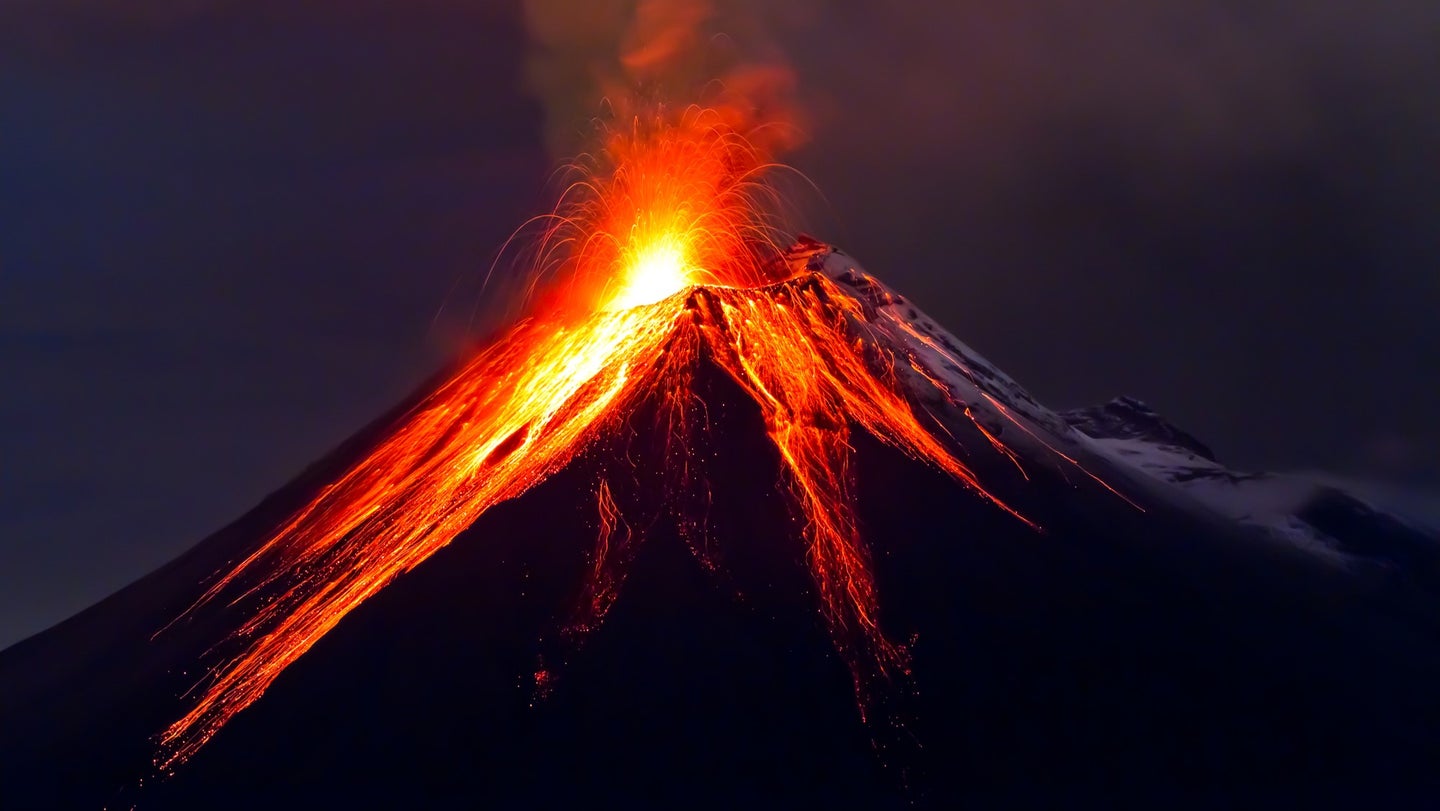
What is life? It’s a fuzzy concept without a single answer. If you asked a philosopher, they might quote Plato and tell you it’s the ability to support yourself and reproduce, though that would make sterile donkeys non-living objects. Ask a biologist and they’ll likely hit you with a textbook definition of life as organized matter with genes—as diverse as a paramecium and an elephant.
Oliver Trapp, a professor of chemistry at the Ludwig Maximilian University of Munich in Germany, offers a different description. He says life is a “self-sustainable reaction network,” in which organisms have the processes necessary to survive and adapt. This is in line with the definition NASA uses when looking for extraterrestrial life. Having a clear idea of what makes up life, and the conditions needed to sustain it, helps astronomers get a better picture of what to look for when searching for life on other planets.
Specifically, they could look for the environments that have collected the essential ingredients. Prerequisites to making life, based on what happened during early Earth, are materials for organic chemical reactions. In a new study published today in Scientific Reports, Trapp and his colleagues simulated how our planet received the supplies for life-producing chemical reactions 4.4 billion years ago. They suggest that no special or lucky conditions were necessary. Instead, life on Earth was created from volcanic particles and iron-rich meteorites. These carried the building blocks essential to living things: amino acids, lipids, nucleosides, and sugars.
[Related: Here’s how life on Earth might have formed out of thin air and water]
“Understanding the origins of biology is one of the greatest unsolved scientific questions. It has important implications for understanding how common life may be beyond Earth and for understanding humanity’s place in the universe,” says Henderson (Jim) Cleaves, a chemistry professor at Tokyo Institute of Technology and president of the International Society for the Study of the Origins of Life, who was not involved in the study.
Previous theories suggested that Earth’s volcanoes were the starting points. Lava shaped the continents, and volcanic gases helped create oceans and atmosphere. Early Earth may have had another important boost, too, in the form of chemical-rich meteors falling from the sky.
Trapp’s new study suggests it was the iron from fallen asteroids that helped convert atmospheric carbon dioxide into organic molecules such as hydrocarbons, aldehydes, and alcohol. “The meteorites entered the dense atmosphere, heated up and then you have this ablation of nanoparticles,” he explains. The natural minerals found on volcanoes would have helped support these chemical reactions.
To determine the interplay of space rocks and Earthly eruptions, the authors simulated the conditions of our young planet in the lab. They purchased chunks of two iron and stony meteorites and dissolved them in acid to create a solution, and soaked in crushed samples of volcanic ash and minerals assumed to have been present billions of years ago. The result was a model of meteorites crash landing on volcanic islands. The team also simulated atmospheric conditions on early Earth by combining carbon dioxide gas with hydrogen gas or water under a high-pressure and high-heat system.
[Related: A new finding raises an old question: Where and when did life begin?]
Observing the reactions in this pressurized model, the team noticed an increase in the production of aldehydes, formaldehydes, alcohol, hydrocarbons, and acetaldehyde. These organic compounds would then be used in further chemical reactions to make amino acids, lipids, DNA, and RNA molecules. “Even at lower temperatures, the particles were highly reactive and quite robust,” Trapp says. The authors suggest that as Earth’s atmosphere cooled down and became more reactive, it was probably easier for iron to speed along the conversion of carbon dioxide into oxygen-containing organic compounds.
“It is very interesting to see a demonstration of how micrometeorites could have contributed to prebiotic organic synthesis during their infall,” notes Cleaves. While he says the work provides ample evidence for this theory of how life first emerged, he warns this simulation is dependent on the composition of the early atmosphere. It’s unclear if those conditions existed exactly how the lab simulated them, he says.
Trapp says the findings are a start to uncover what makes up life. As long as the right materials are present, the conditions to sustain living things may not be unique to Earth. This could help space explorers decide if a planet is worth exploring. For example, inactive volcanoes have already been spotted in other places like Jupiter’s moon Io and Europa—a strong contender for extraterrestrial life since it holds a liquid water ocean underneath its icy surface.
Alternatively, these simulations could rule out otherwise promising worlds. “If a planet is cooling down too quickly and no longer able to convert carbon dioxide into organic compounds, this process would completely stop and essentially cause life to die.” Even if we do stumble on a planet with the optimal environment for life, whether we actually find aliens is another matter entirely.
The post Mixing volcanic ash with meteorites may have jump-started life on Earth appeared first on Popular Science.
Articles may contain affiliate links which enable us to share in the revenue of any purchases made.
from | Popular Science https://ift.tt/AxjZvJ5




0 Comments